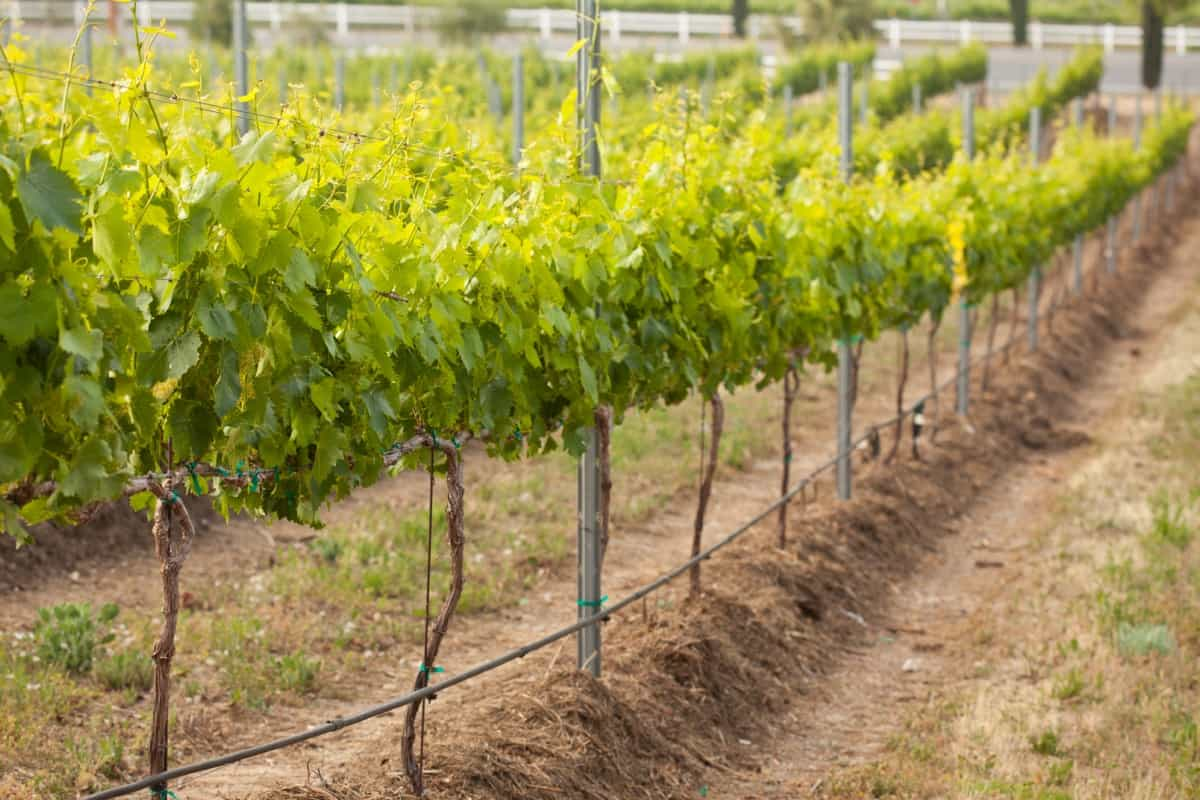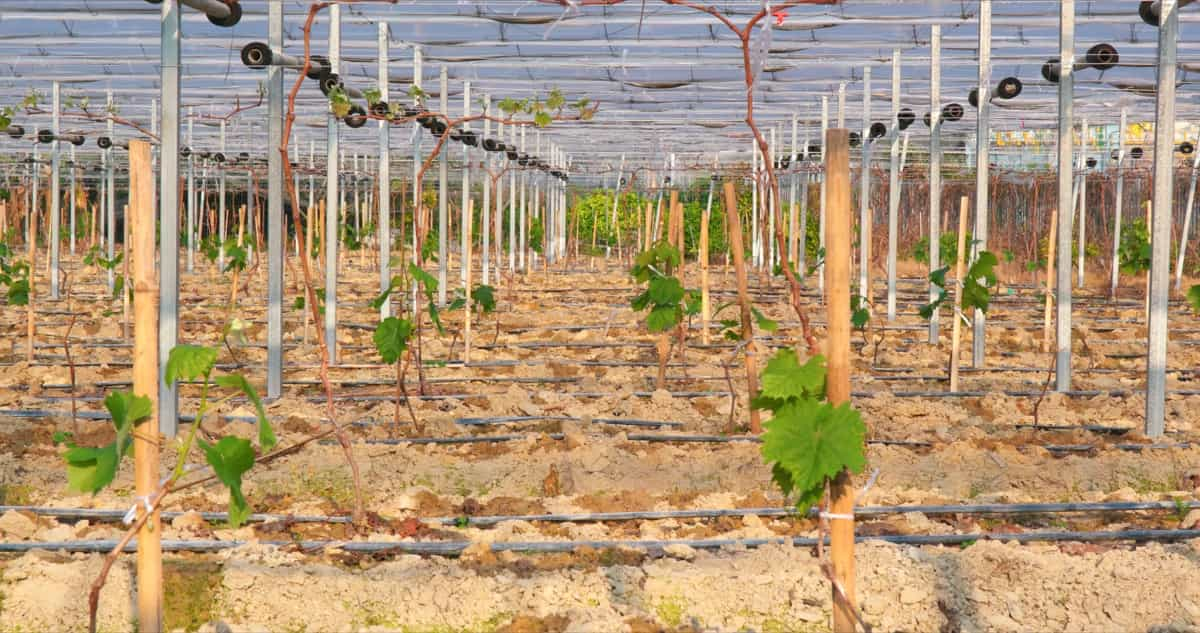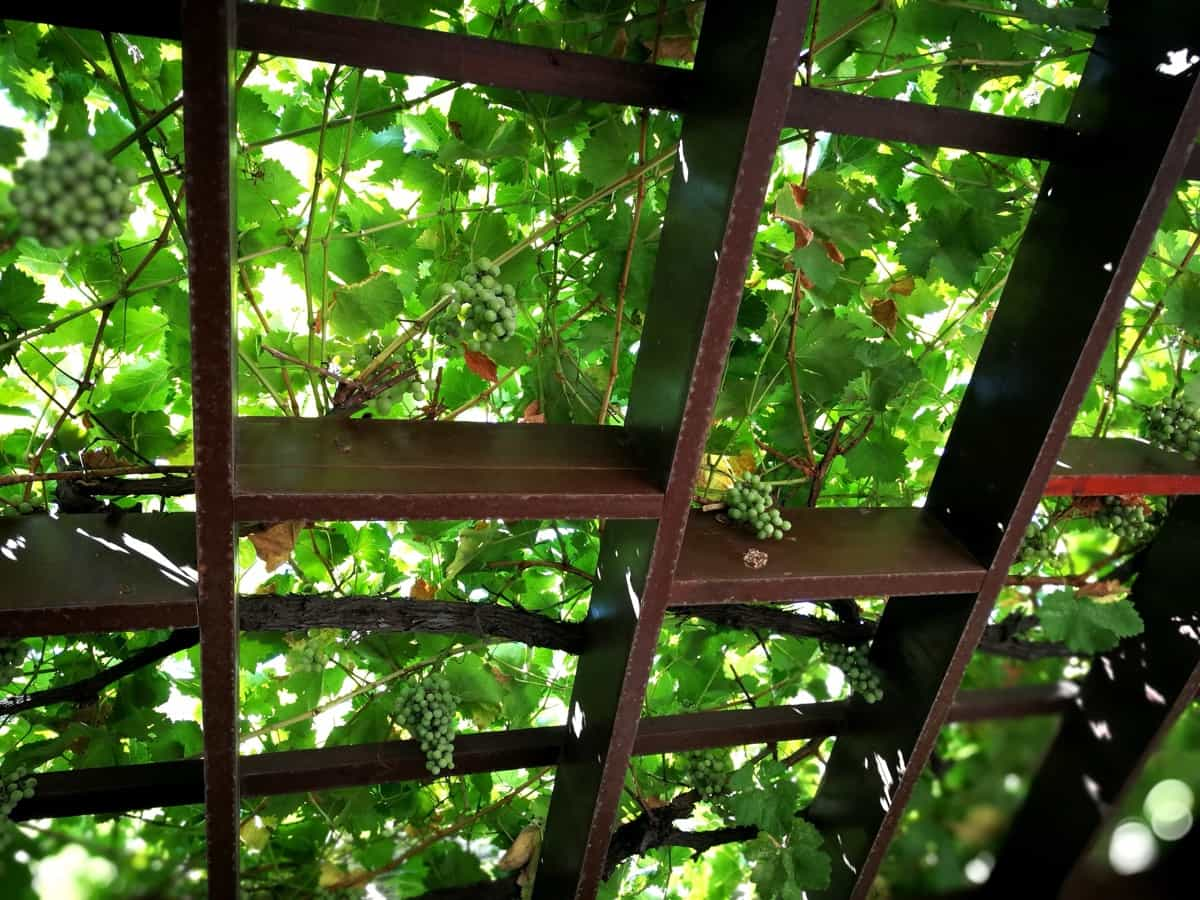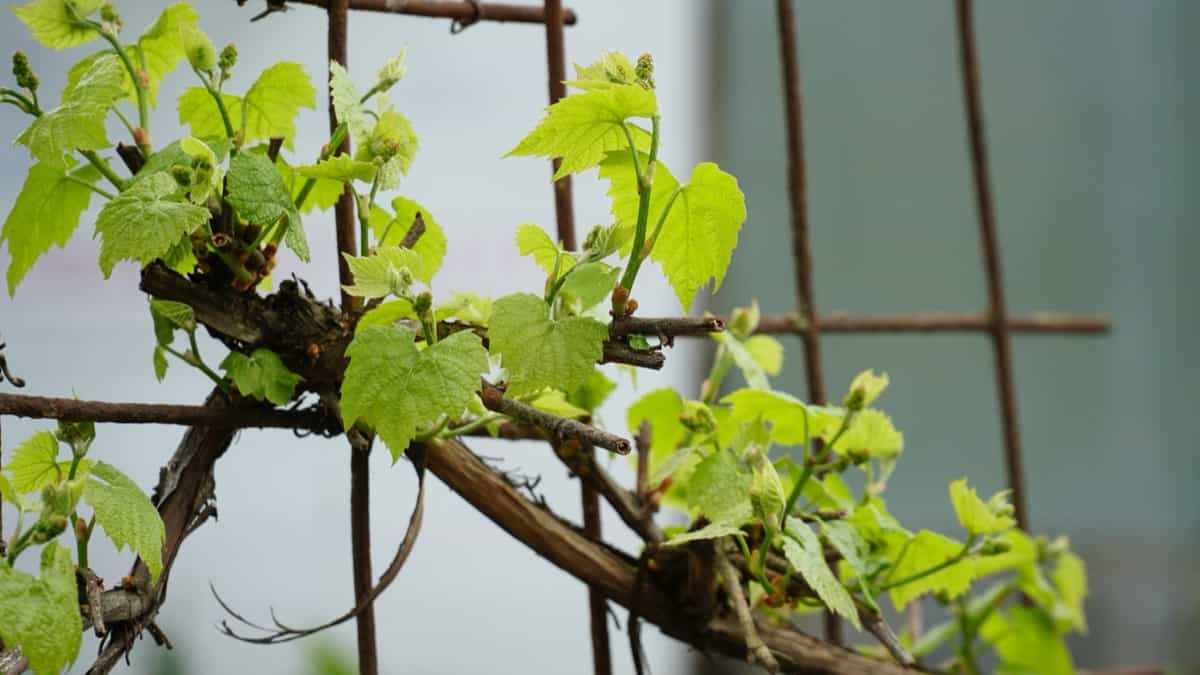Grape vines require sturdy support to thrive and produce bountiful harvests, making a trellis an essential structure for any grape-growing endeavor. Understanding how to build a trellis for grape vines involves selecting the right materials, designing an effective layout, and ensuring proper installation. This article guides you through each step, from choosing the best grape trellis system to the final installation, ensuring your grape vines receive the optimal support for healthy growth and abundant fruiting.

How to Build a Trellis for Grape Vines
Understanding the Importance of a Trellis for Grape Vines
A trellis provides essential support for grape vines, facilitating sunlight exposure and air circulation, which are crucial for the health and productivity of the vines. Grape vine support structures, such as trellises, enable gardeners to manage vine growth effectively and simplify maintenance tasks like pruning and harvesting.
The best grape trellis system supports the vines’ weight, allows for easy training of the grapevines, and maximizes the vineyard space. When vines are well-supported, they are less prone to diseases and pests, which is vital for a successful grape harvest.
Selecting the Right Materials for Building a Trellis
When building a trellis for grape vines, selecting durable and weather-resistant materials is essential. The most common materials for grapevine posts and wire include treated wood, metal, and sturdy plastic. Wood posts are popular for their natural look and affordability, while metal posts offer longevity and strength. The grape trellis wire should be galvanized to resist rust and strong enough to withstand the weight of the vines. It’s crucial to choose materials that will endure various weather conditions and last for many years, ensuring the trellis remains a reliable support for the grape vines.
Designing the Layout of the Trellis for Grape Vines
Designing the layout of the trellis is a crucial step in creating an effective grape vine support structure. The best grape trellis system accommodates the growth habit of the vines and the available space. An overhead grape trellis is ideal for large areas, providing ample room for vine growth and easy access for maintenance.
The grape trellis wire spacing should be planned based on the variety of grapes and the expected growth pattern. Typically, wires are spaced 12 to 24 inches apart, allowing enough room for vine training and growth. The design should consider sunlight exposure and air circulation, ensuring the vines receive ample light and air to thrive.
Preparing the Site for Installing the Trellis
Before installing the trellis, it’s important to prepare the site thoroughly. The area should be cleared of weeds and debris, and the soil should be well-draining to prevent waterlogging around the grape vines. If required, enhance the soil by adjusting its composition to enhance both its structure and fertility.
In case you missed it: Cost of Drip Irrigation Per Acre for Grape Plantation: Exploring Installation Costs Along with Subsidy

The location should be chosen to maximize sunlight exposure, as grape vines need full sun to produce quality fruit. Mark out the area where the trellis will be installed, ensuring there is enough space between rows for easy access and maintenance. Preparing the site properly sets the foundation for a sturdy and effective grape vine trellis.
Constructing the Trellis Frame
Constructing the trellis frame is a key step in building a strong and durable support for grape vines. The frame typically consists of horizontal wires stretched between vertical posts. Start by laying out the materials and tools needed for construction. Cut the posts to the desired height, keeping in mind that a portion of each post will be buried underground for stability. Attach horizontal support beams to the posts if needed, which will provide additional strength to the trellis. The frame should be sturdy enough to support the weight of mature grape vines and withstand weather elements.
Installing Support Posts for the Trellis
When installing support posts for the trellis, start by marking the locations where the posts will be placed; these spots should align with the layout design you created earlier. Use sturdy materials like treated wood or metal for the posts, ensuring they are long enough to stand several feet above the ground and deep enough to be stable in the soil.
Dig holes at the marked spots, ideally about 2 feet deep, and position the posts, using a level to make sure they are straight. Once in place, fill the holes with soil, tamping it down to secure the posts. For added stability, consider pouring concrete around the base of each post, but make sure the concrete is slightly below ground level to allow for drainage.
Attaching the Trellis to the Support Posts
After the support posts are firmly installed, the next step is to attach the trellis. This involves securing horizontal wires or wooden slats to the posts to create a framework for the grape vines. Start from the top and work your way down, ensuring each wire or slat is tightly fastened and level.
In case you missed it: Grape Farming Cost and Profit: 1-Acre Project Report and Production Economics

Proper grape trellis wire spacing is essential, with wires typically positioned at intervals of 18 to 24 inches to ensure adequate space for vine growth and expansion. Use heavy-duty wire and tensioners for a durable structure, and make sure all components are tightly secured to prevent sagging or damage over time.
Training Grape Vines on the Trellis
Training grape vines on the trellis is a crucial step in ensuring healthy growth and abundant fruit production. Begin by selecting the strongest vine shoots and gently guiding them along the trellis structure. As the vines grow, periodically tie them to the trellis wires or slats using soft ties that won’t damage the stems. Pruning is also important; remove any weak or unnecessary shoots to encourage the plant to focus its energy on the strongest ones. This process not only supports the grape vines but also maximizes sun exposure and air circulation, which are key to grape production.
Maintaining and Repairing the Trellis
Regular maintenance and repair of the trellis are essential for the longevity of the structure and the health of the grape vines. Conduct an annual inspection of the trellis for indications of wear or damage, including loose wires, fractured slats, or deteriorating posts. Make repairs promptly to prevent further deterioration. Additionally, check the tension of the wires and adjust them as needed to keep the trellis stable and supportive. Keep the area around the trellis clear of debris and vegetation to prevent pests and diseases and to ensure easy access for maintenance and harvesting.
Enhancing Grape Vine Growth with a Well-Constructed Trellis
A well-constructed trellis plays a significant role in enhancing grapevine growth. Providing a stable and supportive structure allows the vines to grow upwards and spread out, maximizing exposure to sunlight and improving air circulation around the leaves and fruit. This not only promotes healthier vines but also leads to better fruit quality and easier harvesting. The trellis also helps in managing the growth of the vines, making it simpler to prune and train them, which is vital for maintaining plant health and optimizing grape production.
In case you missed it: Grape Farming Cost and Profit: 1-Acre Project Report and Production Economics

Conclusion
Building a trellis for grape vines is a rewarding project that enhances the growth and productivity of your grapevines. From selecting the right materials and designing a practical layout to installing support posts and attaching the trellis, each step is crucial in creating a durable and effective structure. Regular maintenance and proper vine training further ensure the longevity and efficiency of the trellis. A well-constructed trellis not only supports the grape vines but also contributes significantly to a bountiful and high-quality grape harvest.
- Feed Your Flock for Less: Top 10 Tips to Save on Chicken Feed
- Ultimate Guide to Ossabaw Island Hog: Breeding, Raising, Diet, and Care
- Hatching Answers: The Top 10 Reasons Your Chickens Aren’t Laying Eggs
- Eggs and Economics: Breaking Down the Cost of Raising Backyard Chickens
- Defend Your Greens: Proven Methods to Keep Iguanas Out of Your Garden
- Ultimate Guide to Cinnamon Queen Chicken: A Comprehensive Guide for Beginners
- Ultimate Guide to California Tan Chicken: Breeding, Raising, Diet, Egg-Production and Care
- Ultimate Guide to Marsh Daisy Chicken: Breeding, Raising, Diet, and Care
- 10 Types of Chicken Farming Businesses You Can Start for Profits